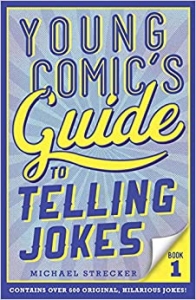Comparative Marketing for Blogs
“As long as the value of one product or service is being communicated through its comparison to another product or service, it qualifies as comparative advertising,” Conor Bond writes in Wordstream. The goal, as with all advertising, is to communicate value, but in the case of comparative advertising, that value is conveyed not only from quality, but from the disparity in quality between one product or service and another. The other company or provider serves as an anchor, Bond explains, something concrete to use as a reference point.
Bond offers examples of comparative advertising, including:
- Mac portraying its own users as immune to the viruses that commonly attack PCs
- Verizon portraying its own customers enjoying online games and YouTube videos on their phones while ATT&T customers suffer lack of access
- Wendy’s tweeting about MacDonald’s beef patties still being frozen
- Popeye’s “dinging” chick-fil-A for being closed on Sundays
Two companies that choose to compare themselves against an amalgam of others rather than a specific rival, Bond notes, are Dove (treats your skin with care, unlike the others who treat it harshly), and Allstate using Mayhem to show that they outdo competitors in preparing customers to deal with unpredictable events.
Can comparative marketing work for blogs? At Say It For You, we teach, negatives against competitors are a basic no-no. It’s almost axiomatic that, in writing for business, we want to clarify the ways we stand out from the competition. In getting the point across that readers should want to choose this business or this practice, or these products and services over those offered by the competition, staying positive is still important. In fact, sometimes knowing what not to include in your business blog writing makes you a better blog content writer.
The “Golden Rule” advice Advisor Today gives to financial planning practitioners applies here: “say only those kinds of things about specific competitors that we’d want them saying about us!” The high road in blog marketing strategy and tactics development is what Bing Crosby used to croon, “Accentuate the positive…latch on to the affirmative.”
One format I’ve found useful is the “Some……but we….”
- “Some stylists are in the practice of ……, but at Shirley’s Salon, we believe …….. is best.”
- Some housecleaning companies require you to provide your own products, but at ABC, we supply our cleaning staff with green products.”
In other words, accentuate the positive. Comparative blog marketing means explaining why you do things the way you do, letting readers draw their own conclusions.






Follow us online!